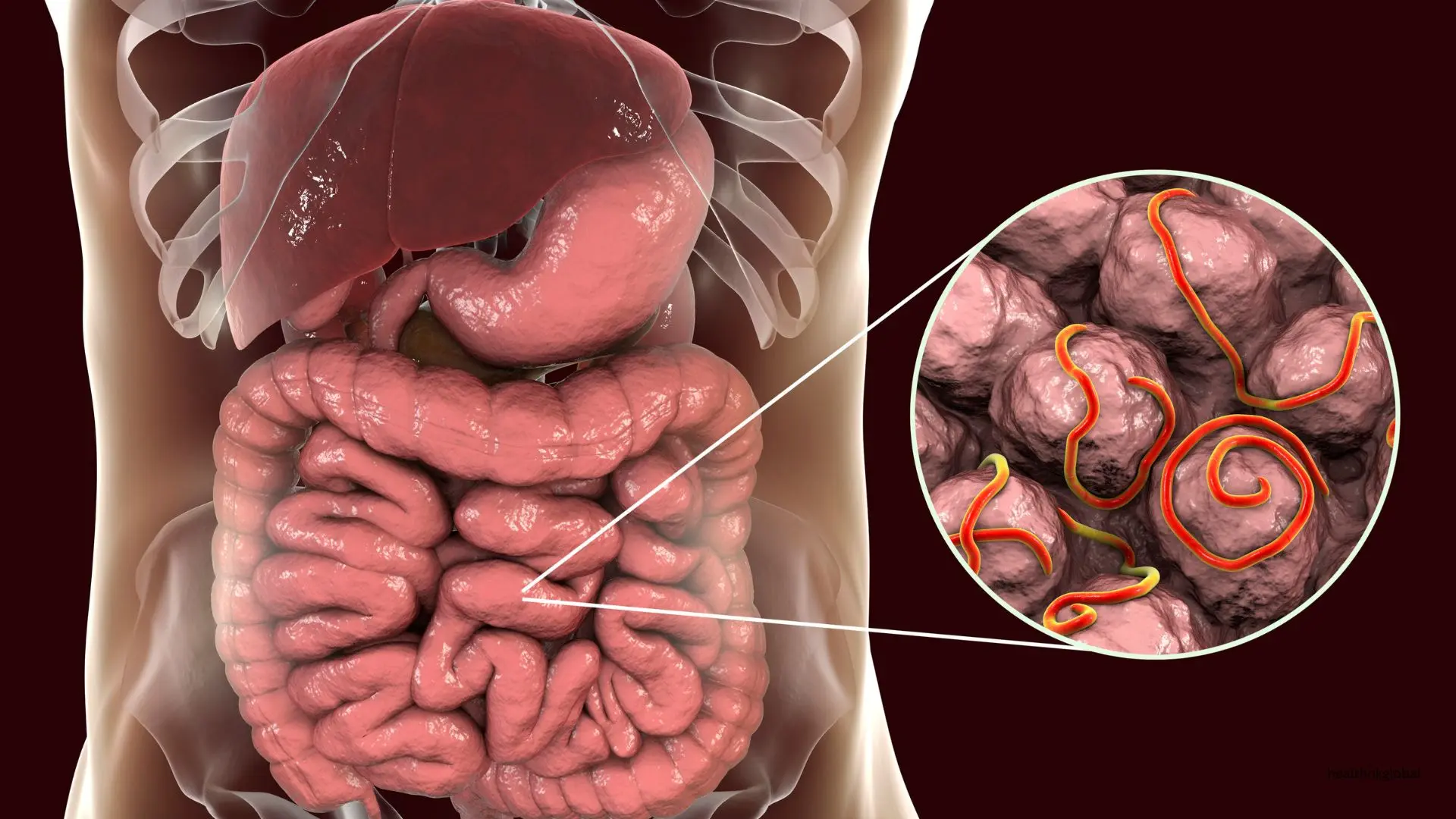Anxiety disorders are common mental health conditions that can significantly impact an individual's well-being.

Blog
Anxiety Care Plan Guide: Symptoms, Treatment, and Management
Anxiety disorders are common mental health conditions characterized by excessive fear, worry, and nervousness. These disorders can significantly impact an individual's daily life and well-being. A comprehensive anxiety care plan involves understanding the symptoms, providing effective treatment, and implementing management strategies to help individuals cope with and overcome anxiety. This guide covers the various aspects of anxiety care, from diagnosis to long-term management.
Anxiety disorders encompass a range of conditions, including generalized anxiety disorder (GAD), panic disorder, social anxiety disorder, and specific phobias. Each type of anxiety disorder has its own unique symptoms and treatment approaches.
GAD is characterized by persistent and excessive worry about various aspects of life, such as work, health, and relationships. Symptoms include restlessness, fatigue, difficulty concentrating, irritability, muscle tension, and sleep disturbances.
Diagnosis involves a thorough evaluation of the individual's symptoms, medical history, and mental health history. Diagnostic criteria from the DSM-5 are often used.
Panic disorder is characterized by recurrent and unexpected panic attacks, which are sudden periods of intense fear or discomfort. Symptoms include rapid heartbeat, sweating, trembling, shortness of breath, chest pain, nausea, and dizziness.
Diagnosis involves assessing the frequency and intensity of panic attacks, as well as any avoidance behaviors or anxiety about future attacks.
Social anxiety disorder involves an intense fear of social situations where one may be judged or scrutinized by others. Symptoms include excessive fear of embarrassment, avoidance of social interactions, sweating, trembling, and difficulty speaking.
Diagnosis includes evaluating the individual's fear of social situations, the impact on daily life, and any avoidance behaviors.
Specific phobias involve an intense fear of a particular object or situation, such as heights, spiders, or flying. Symptoms include immediate anxiety response, avoidance of the phobic stimulus, and significant distress or impairment.
Diagnosis involves identifying the specific phobia, assessing the severity of the fear, and the impact on the individual's daily life.
Accurate diagnosis is essential for developing an effective anxiety care plan. This involves a comprehensive evaluation by a healthcare provider.
The healthcare provider will review the patient's medical history, including any past mental health issues, family history of anxiety disorders, and current medications.
A detailed discussion of the patient's symptoms, including their onset, duration, and impact on daily life, is crucial for accurate diagnosis.
A physical exam may be conducted to rule out any underlying medical conditions that could be contributing to the anxiety symptoms.
A mental health assessment, including standardized questionnaires and clinical interviews, helps in diagnosing anxiety disorders.
The Diagnostic and Statistical Manual of Mental Disorders (DSM-5) provides specific criteria for diagnosing different types of anxiety disorders.
It is important to differentiate anxiety disorders from other mental health conditions, such as depression, bipolar disorder, and post-traumatic stress disorder (PTSD).
The treatment of anxiety disorders involves a combination of therapies, medications, and lifestyle changes. The goal is to reduce symptoms and improve the individual's quality of life.
CBT is the most widely used therapy for anxiety disorders. It helps individuals identify and change negative thought patterns and behaviors that contribute to anxiety.
Exposure therapy involves gradually exposing individuals to the feared object or situation in a controlled manner to reduce avoidance behaviors and anxiety.
Mindfulness-based therapies, such as Mindfulness-Based Stress Reduction (MBSR), help individuals focus on the present moment and reduce anxiety.
SSRIs, such as sertraline and fluoxetine, are commonly prescribed for anxiety disorders. They help increase serotonin levels in the brain, improving mood and reducing anxiety.
Benzodiazepines, such as diazepam and alprazolam, are effective for short-term relief of severe anxiety symptoms. However, they have a risk of dependence and are generally used for short durations.
Beta-blockers, such as propranolol, can help manage physical symptoms of anxiety, such as rapid heartbeat and trembling.
Engaging in regular physical activity can help reduce anxiety by releasing endorphins and improving overall well-being.
Maintaining a balanced diet rich in fruits, vegetables, and whole grains can support mental health and reduce anxiety symptoms.
Incorporating stress management techniques, such as yoga, meditation, and deep breathing exercises, can help manage anxiety.
Participating in support groups for individuals with anxiety can provide a sense of community and reduce feelings of isolation.
Having a strong support system of family and friends can offer emotional support and encouragement.
Ongoing management and regular follow-up are essential to ensure the effectiveness of the anxiety care plan and to make necessary adjustments.
Regular follow-up appointments with a healthcare provider help monitor the patient's progress and adjust the treatment plan as needed.
Keeping track of symptoms and any changes in mental health status provides valuable feedback for the healthcare provider.
Maintaining a regular exercise routine supports overall mental health and helps manage anxiety.
Ensuring adequate and quality sleep is crucial for mental health. Establishing a regular sleep schedule can help reduce anxiety.
Limiting or avoiding alcohol and caffeine can help prevent worsening anxiety symptoms.
Educating patients about anxiety and providing support can significantly improve treatment outcomes and patient satisfaction.
Explain the causes, symptoms, and treatment options for anxiety to the patient and their family.
Emphasize the importance of taking prescribed medications and following the treatment plan.
Provide access to reputable online resources for additional information and support.
Encourage the use of counseling services for ongoing support and guidance.
A comprehensive anxiety care plan encompasses accurate diagnosis, effective treatment, and ongoing management. By addressing the underlying causes and providing targeted interventions, individuals with anxiety disorders can achieve significant improvements in their mental health and quality of life. Regular monitoring, lifestyle modifications, and patient education are essential components of a successful anxiety management strategy.
Anxiety disorders encompass a range of conditions, including generalized anxiety disorder (GAD), panic disorder, social anxiety disorder, and specific phobias. Each type of anxiety disorder has its own unique symptoms and treatment approaches.
GAD is characterized by persistent and excessive worry about various aspects of life, such as work, health, and relationships. Symptoms include restlessness, fatigue, difficulty concentrating, irritability, muscle tension, and sleep disturbances.
This section covers 1. Monitoring and Regular Check-Ups in detail.
Need Personalized Health Guidance?
Get expert advice tailored to your specific health needs from our qualified healthcare professionals.




